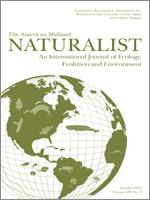Understanding human impacts on biodiversity is a pressing challenge given the degree to which humans alter ecosystems. Urbanization is a prevalent example of human disturbance that often reduces species richness at the expense of dramatic population growth for certain urban-adapted taxa. The Western black widow spider, Latrodectus hesperus, is a medically-important pest species that thrives around human disturbance including urbanized habitats of the desert Southwest (e.g., Phoenix, AZ). Population growth in this urban pest may be explained by supplemental water usage, heightened productivity, and prey abundance in urbanized deserts. Here we compare several life history parameters between spiders from representative urban and desert sites. Our urban site proved more densely populated than our desert site; however, urban spiders were in significantly worse body condition, made fewer eggs, and invested less in individual eggs compared to desert spiders. Thus, the natural history of this urban pest appears too complex to be explained simply by urban resource abundance. We suggest several alternatives to explain this counterintuitive finding.
How to translate text using browser tools
1 October 2012
Black Widows in an Urban Desert: City-Living Compromises Spider Fecundity and Egg Investment Despite Urban Prey Abundance
J. Chadwick Johnson,
Patricia J. Trubl,
Lindsay S. Miles
ACCESS THE FULL ARTICLE
It is not available for individual sale.
This article is only available to subscribers.
It is not available for individual sale.
It is not available for individual sale.





